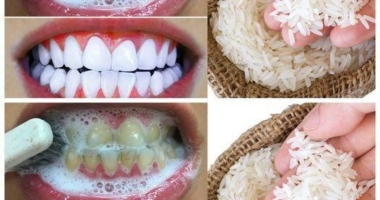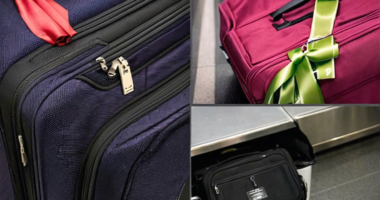Kyle Chalmers swims fast, very fast even, since he won this Thursday the silver medal in the 100m at the Tokyo Olympics, behind the Caeleb Dressel machine. However, it is more for a small physical feature (or at least as much) than for his performances, that the Australian swimmer has seen his name circulating on social networks in recent hours.
Like other artists from the pools and not that, Chalmers arrived in Tokyo with many circular spots on the skin, ranging from reddish to brown to purple. A tribute to the jersey of the best climber? A tanning session with a hole T-shirt? A dark history of suckers, as during the high school years? No, of course not.

As in Rio in 2016 with Michael Phelps, the Olympic athletes presenting these circles on the body are just followers of “cupping”, or “hijama”, two different names to designate the same method of care, based on suction cups. An ancestral therapy widely used in the Middle East or Asia, especially in China, and which has developed over the last ten years in Western athletes.
Benzema, Joshua, McGregor…
The principle? A multitude of suction cups (sorts of small rounded cups) are placed on the skin, mostly on the back or painful areas, which are usually heated (but not always) to make the vacuum inside, and create a suction mechanism. There is also a variant with very slight incisions on the skin, which makes it possible to extract a little blood on the surface. And, as you will have understood, it is when we remove these suction cups that the marks appear, Dalmatian way. Brands that can stay four or five days in some, up to several weeks in others, depending on the skin and the intensity of the session.
Theoretically, cupping wants to stimulate the circulation of blood and relieve pain on the targeted areas, or even improve sleep. Is the process effective? That is the big question. If we are to believe the followers of the technique, this is the case.
“It’s been my secret for several months to stay in shape,” American gymnast Alex Naddour assured Rio. It’s better than all the money I’ve spent on testing other things…” Since then, many other athletes have tried and approved. This is the case of the English boxer Anthony Joshua, the Irish fighter Conor McGregor or the French footballer Karim Benzema. Regularly, the Real Madrid striker posts videos or photos of his body on social media after a hijama session. And seems convinced of the benefits.
The scientific community is much more reserved on the subject. “There have obviously been satisfied customers for 3,000 years,” Edzard Ernst, a professor in the Department of Complementary Medicine at the University of Exeter, told the BBC a few years ago. But there is no evidence of its effectiveness. The method has not been subjected to clinical trials.” David Colquhoun, professor of pharmacology at University College London, spoke at best of technique with a placebo effect, at worst of quackery. “We’re just pulling from the skin, it doesn’t affect the muscle,” he observed in the same article. On the other hand, specialists agree that cupping does not present a significant danger. So there is no harm in trying to do good.
Don’t miss interesting posts on Famousbio










1 comment
Howdy